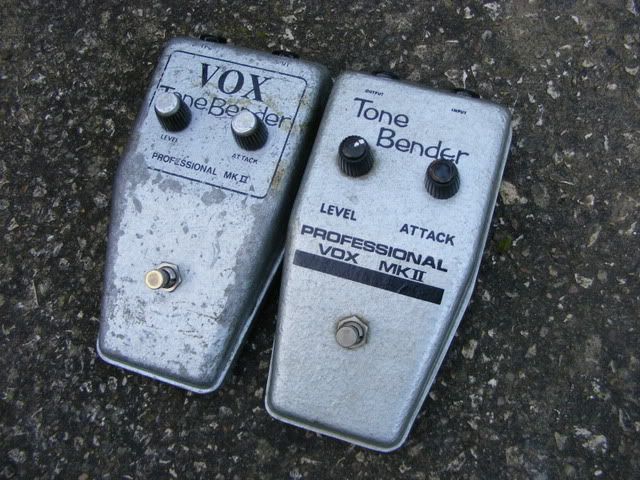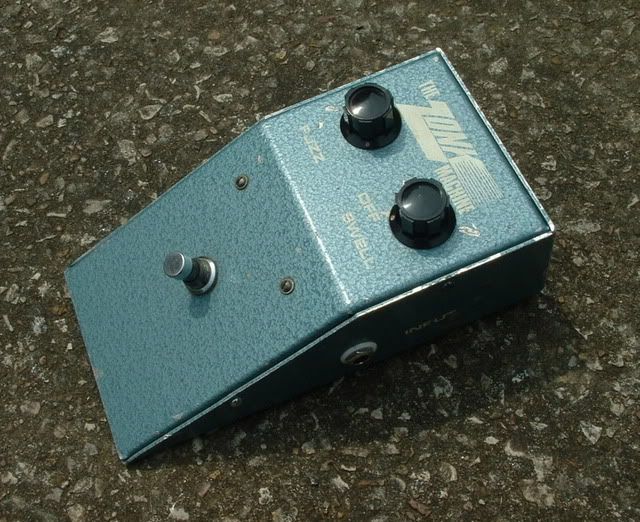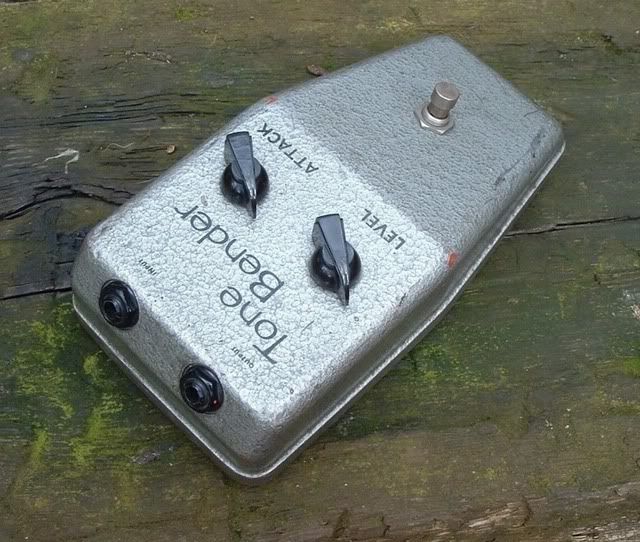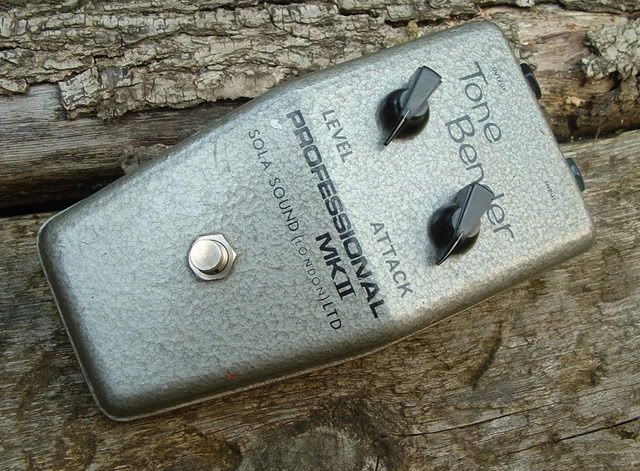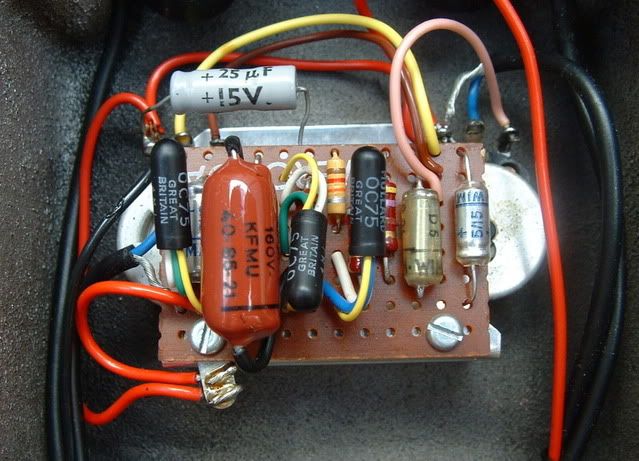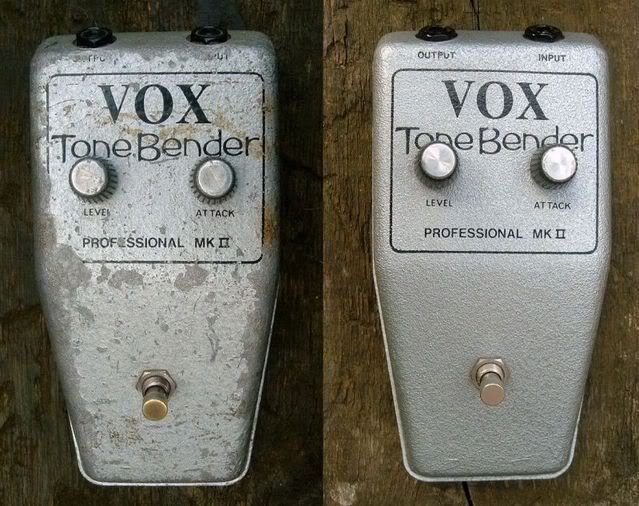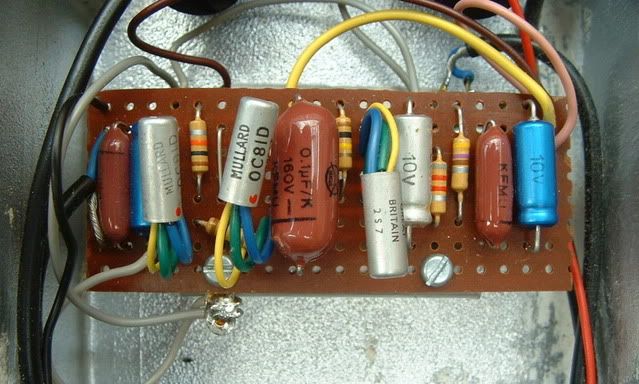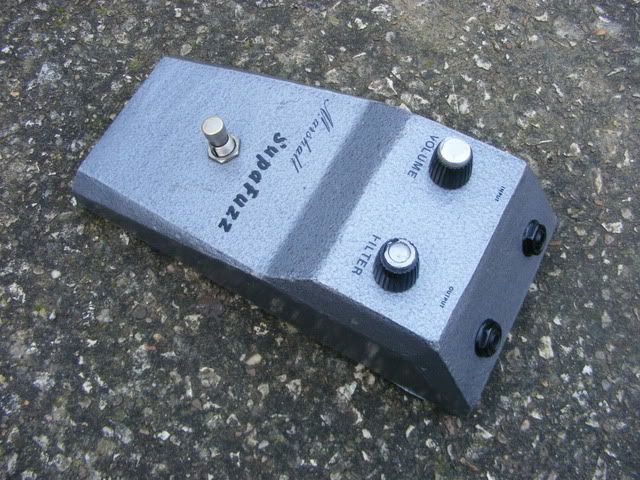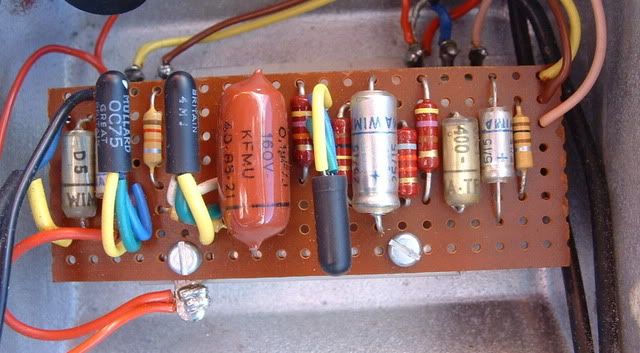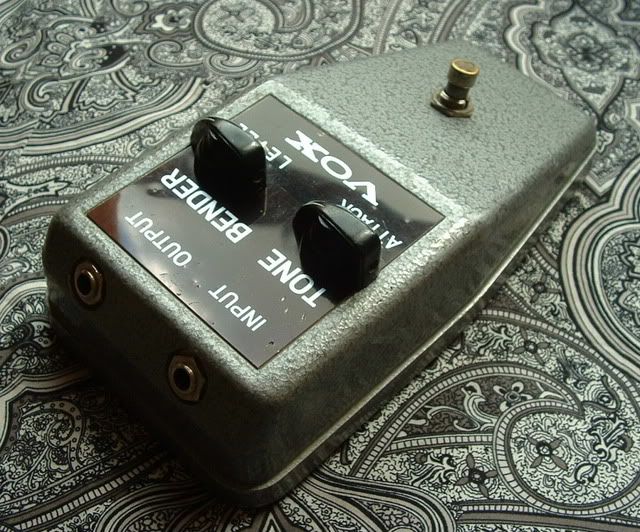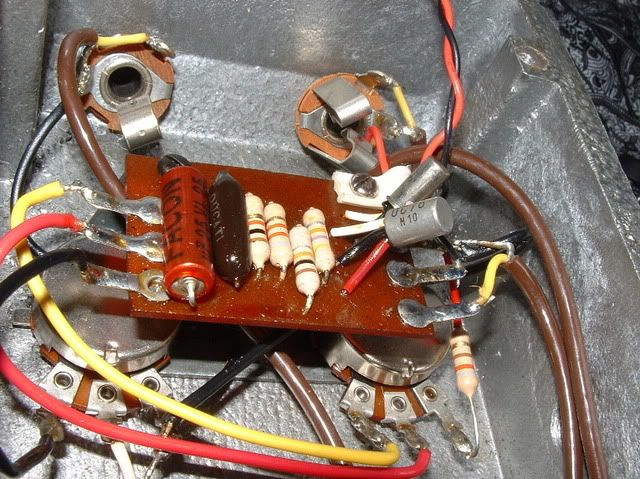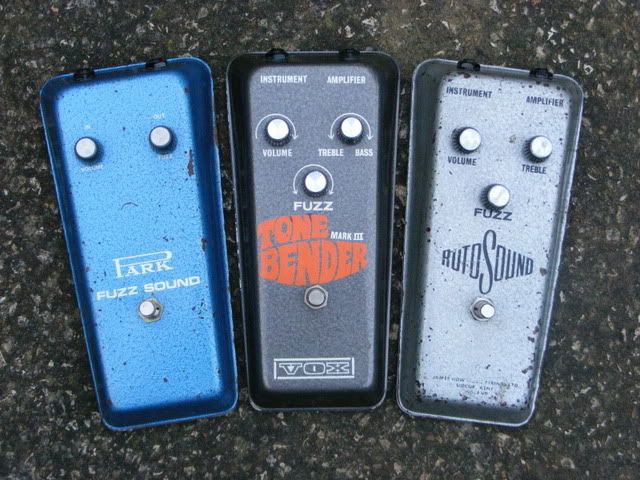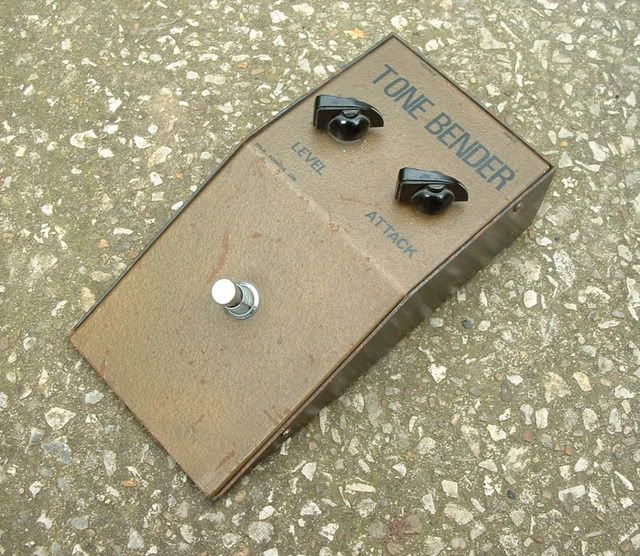
The UK fuzz box phenomenon began in 1965 when electronics engineer Gary Stewart Hurst designed an effects pedal called a Tone Bender. The first version of this Tone Bender is referred to as the Tone Bender MKI. The MKI was a three transistor circuit that was based upon the Gibson built Maestro Fuzz-tone that was modified by Hurst to produce more sustain than its American counter part. The story goes that guitar legend Vic Flick, the man responsible for the James Bond Theme, brought a Fuzz-tone (FZ-1) to Hurst and requested the sustain to be increased. The Tone Bender was one the first ever British made Fuzz box available to the public and sold for 14 guineas. It was housed in a folded steel chassis and finished in gold & black Hammerite paint with some of the very early units housed in a wooden and steel enclosure.
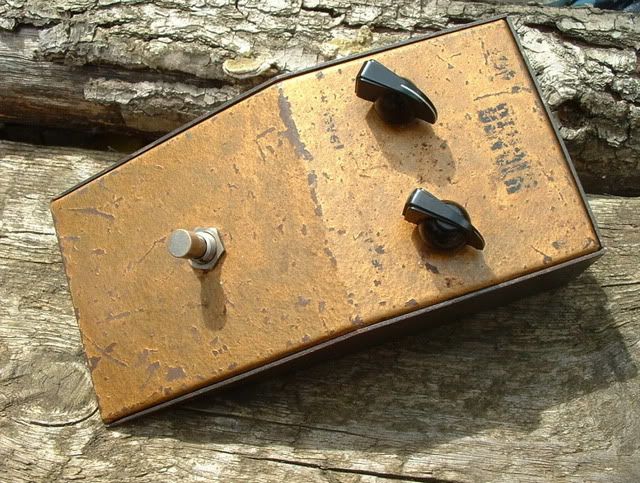
The first few available Tone Benders were sold as Gary Hurst designed units and were not sold as Sola Sound pedals. These pedals had what appears to be dry letter transfers for the labelling which was hand applied, note how little labelling is actually left intact on the above example. Probably only a very small number were made before the pedal was labeled using a silk screened approach. These silk screened MKI's did state the unit as a "Sola Sounds Ltd" pedal, note the plural on Sound.
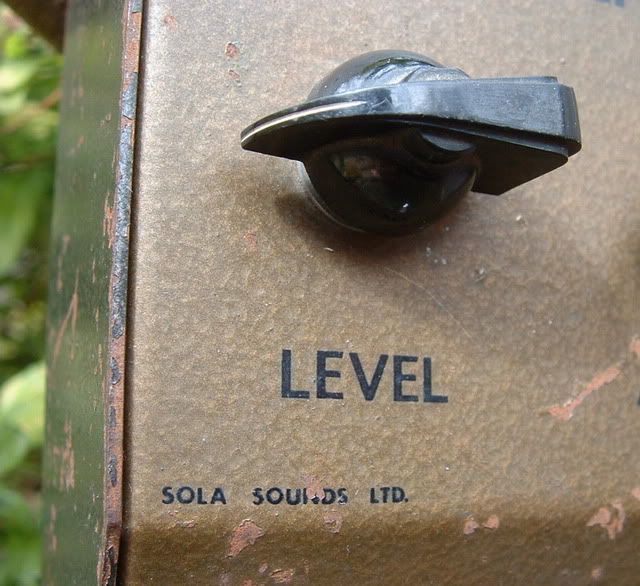
The MKI was a three transistor circuit; no doubt about it but it was in no way similar to its three transistor successor, the Professional MKII. The MKI circuit is loaded with a single Mullard OC75 and two Texas Instruments 2G381 devices. It was based upon the FZ-1 circuit as where many of the early fuzz boxes to arrive on the scene but had significant modifications that made for a much stronger and more powerful fuzz sound. Firstly was the fact it was able to use a 9 volt supply not 3 volts in the case of the FZ-1. This with the tweaking of certain resistor values gave the longer sustain time and also much more output volume. The two pictured MKI's on this page when side by side do sound different. The slightly earlier model with the dry letter labelling has much more of a FZ-1 character to the tone and is very reminiscent of Jeff Beck's use of a MKI on tracks such as "Heartful of Soul" The silk screened model is much more focused and tighter sounding, you can defiantly hear how the circuit has been refined and tuned from one pedal to the next. This MKI is classic Mick Ronson fuzz through and through. The output level is well over double that of the other MKI and when correctly dialled in has fierce amounts sustain with truly astounding clarity for such an old device.
The circuit construction is the point to point technique to the maximum. The board is blank compressed fibre board and is only being used to actually mount the components; each part is wired directly to the next with the board only being held in place by being directly wired to the pots. Quite crude in design but very ingenious. I have seen probably one of the first ever made MKI's which had a circuit that was made on strip board and not like the one pictured here. This circuit was covered in black paint to hide the component values so is very likely this is a prototype unit.
The MKI also featured some very some high quality features within the rest on its construction which was to set the standard for the Sola Sound made Tone Benders to come. Shielded cable was used on all input and output cabling, something most manufacturers do not do to this day, which helped to give excellent interference rejecting properties and good noise levels. True Bypass switching as standard. Usually seen as a modern feature in pedal building, the MKI had this way back in 1965. As far I have seen this is the first time true bypass switching was actually used in a pedal.
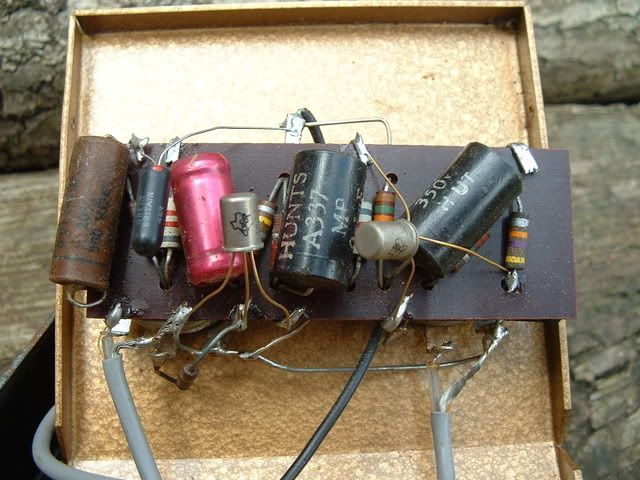
Some famous users of the MKI unit included Pete Townshed of the Who, Jeff Beck of the Yardbirds, Mick Ronson and the Beatles. The MKI was the first Tone Bender the Beatles were to use and it first featured on the album "Rubber Soul" Paul McCartney actually used the MKI on the bass track on the recording "Think for Yourself" Mick Ronson was a dedicated user the MKI from his time with "The Rats" up until he played with the "Spiders From Mars" This was Mick's main fuzz box for over a decade not a Vox Tone Bender as is commonly assumed.

















